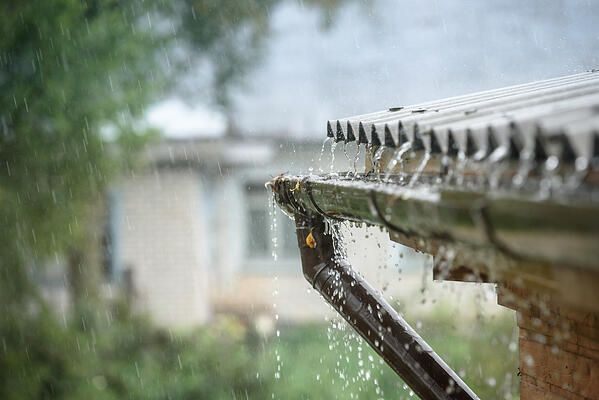
Rainwater harvesting system is a relatively new technology equipped with potential benefits for its users as well as for averting water crisis. Since it’s new, the installation process of RWH is not known to many. Therefore, people remain deprived of using the vast amounts of benefits associated with the process.
Rain harvesting system can be installed with the help of some do-it-yourself techniques coupled with easy-to-maintain technologies. Such technologies tend to be inexpensive, so you do not have to put extra strain on your pockets. This is a standard system involving the use of different modules. These modules carry out processes of expansion, reconfiguration, and relocation.
A majority of houses remain deprived of the advantages of RHS technology because they have no clue about the installation procedure. The lack of interest can also be due to the high installation prices of the system and the inability to find the right installation place. But keeping aside these barriers, governments are trying to minimize the installation costs and related problems, so a maximum number of people can benefit from it. They are also increasing the use of better water management practices.
Many ways can be employed to encourage the use of RHS among the masses by providing incentives. Such incentives can include covering up the expenses of installation and helping them to find the places of installation without charging them. The water management should install regulatory frameworks to keep a check on the installed rain harvesting systems. The government of Brazil and Germany are following the same models and it has greatly averted their water crisis. At the same time, the government of Germany is devising ways to use rainwater in the construction of buildings and infrastructure projects.
In addition, other countries like Taiwan, Texas, and Brazil are also paving ways to incorporate the use of rainwater for the construction of residential buildings. They have made its use necessary in the catchment of roofs. Despite all these endeavors, what’s required is devising policies to the use of RWH a mandatory practice for people in all the nooks and corners of the world.
Once the laws will be devised for RHS, it will become eligible for government funding. Once that happens, people can loan money from the officials and construct the RHS at their houses. Thus, with proper allocation of the installation and associated expenses, the government can increase the prevalence of the rainwater harvesting system.
Strategic rainwater management can prove to be very useful for people who live in water-scarce areas and their lands have gone barren due to no water for agriculture. For such people, rainwater harvesting is a blessing. Our world is suffering from a water crisis already, in such a situation, we should use all the water we can get. Treating the rainwater to make it right for consumption can save millions of children that die every day due to lack of drinking water. The scalability of RWH must ensure that water is provided and available when needed free of contamination, and as a resilience option in remote rural areas that are hit hard by climate change and rainfall variability.
Water management can contact reliable Rainwater harvesting system manufacturers for the ease of people and source the system from them.